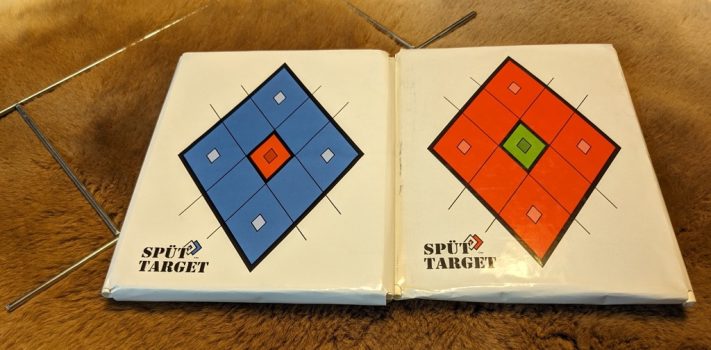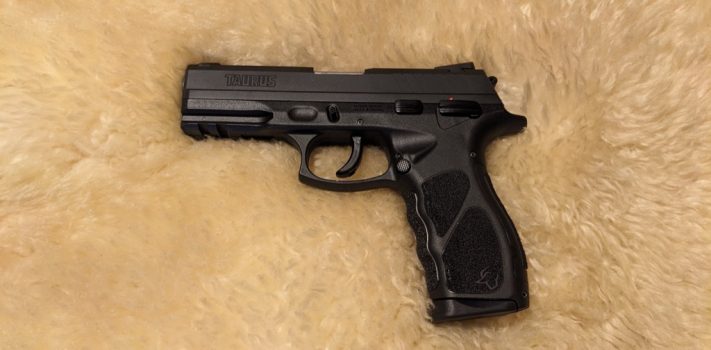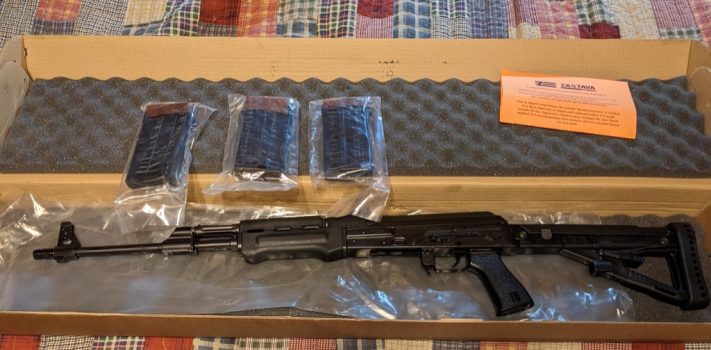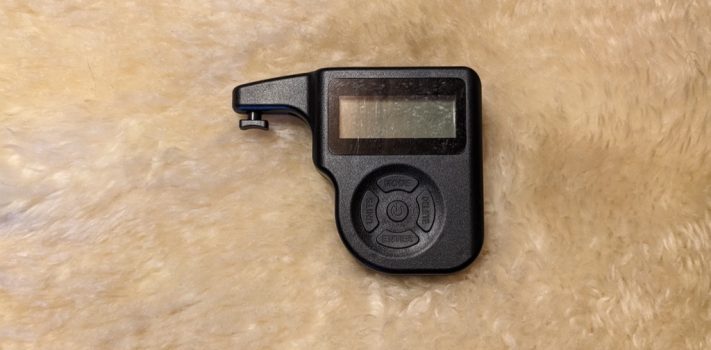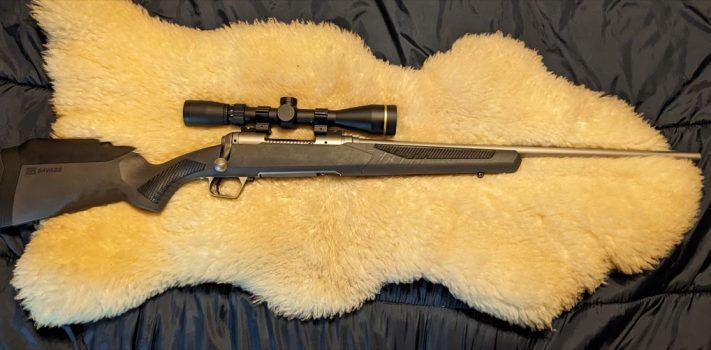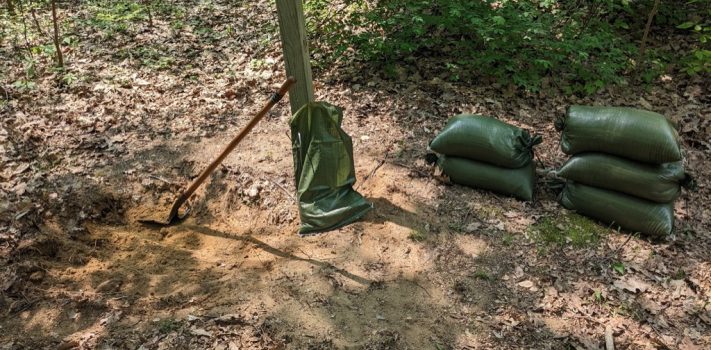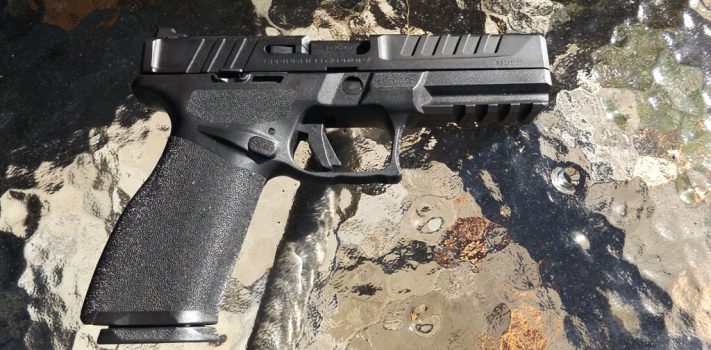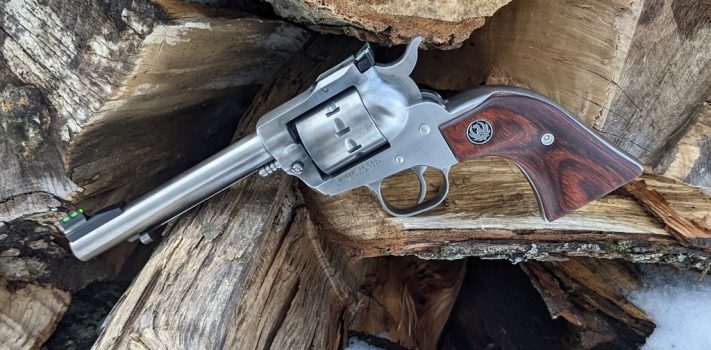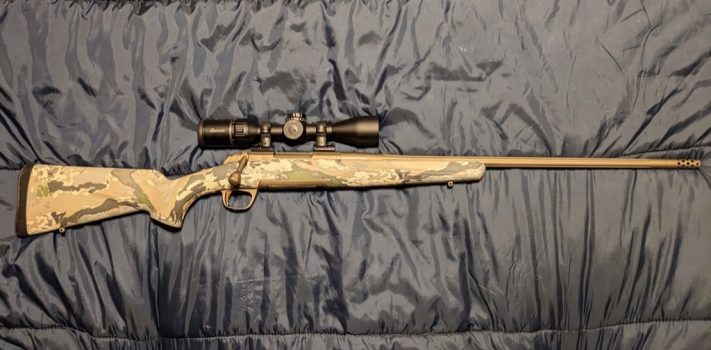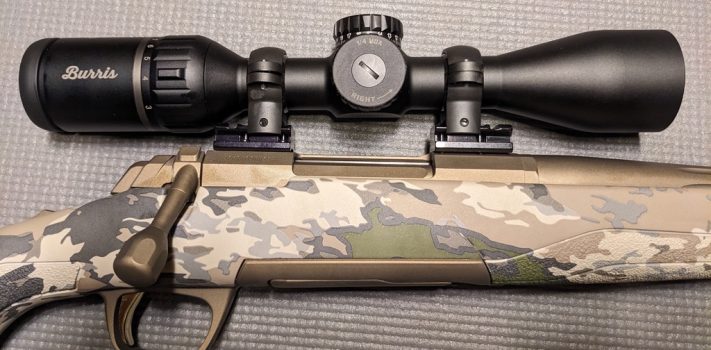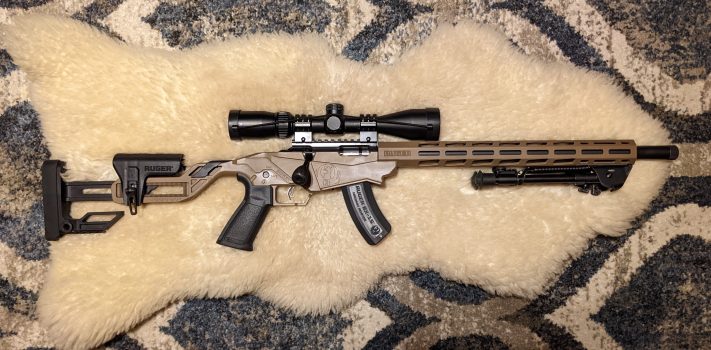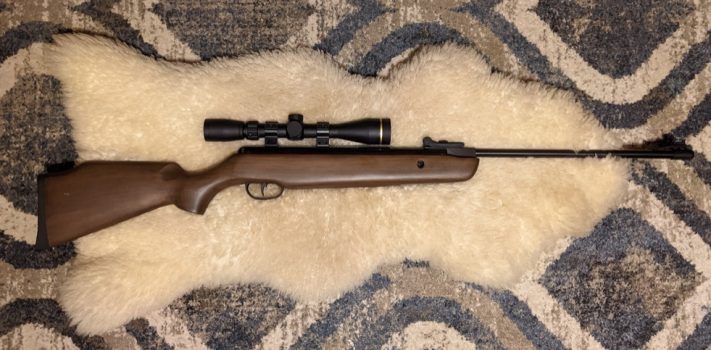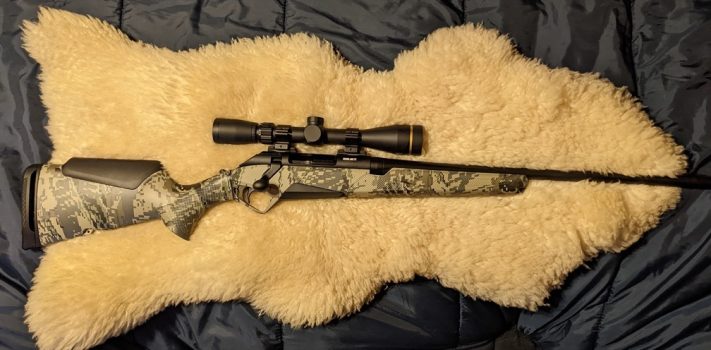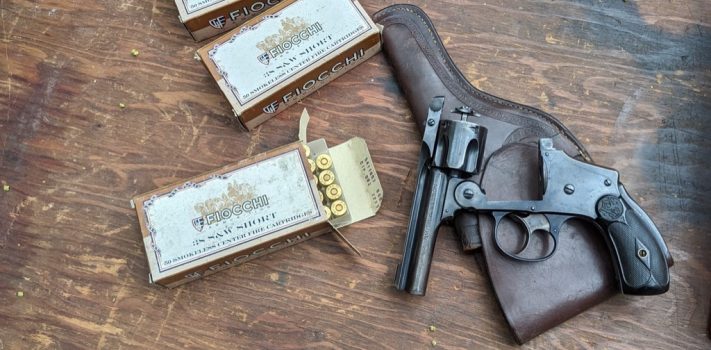Christensen Arms MHR in 6.5 Creedmoor, by Thomas Christianson
The most exciting features of the Christensen Arms MHR (Modern Hunting Rifle) in 6.5 Creedmoor stem from its carbon-fiber-wrapped, stainless-steel barrel. This technology offers the accuracy of a bull barrel without the additional weight. It reduces flex and harmonics, has zero thermal expansion, is corrosion resistant and climate adaptable, dissipates heat from the liner three times faster than a bull barrel, and extends barrel life by 25%. The modular and customizable stock, forearm, and grips are also made with carbon fiber via an environmentally friendly process that Christensen calls Flash Forged Technology (FFT). The result is a well-balanced rifle that …


